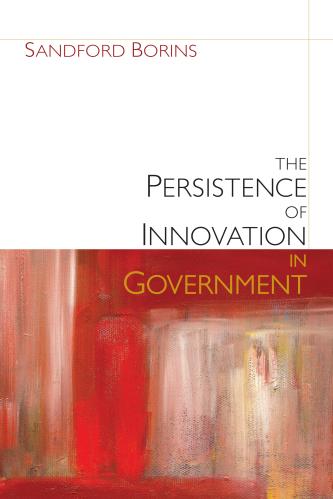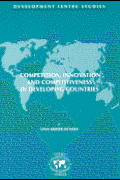Innovation districts—dense geographies that concentrate innovation capacity and encourage entrepreneurial activity—have decided appeal for those who want to live and work in walkable, amenity-rich urban areas. We tend to think of these neighborhoods as places for millennials and Gen Xers working in the innovation economy. But many of the factors that make innovation districts attractive to those in their 20s, 30s, and 40s make them good places for older adults as well.
Americans 50 and up are one of the fastest growing demographics in the nation. The U.S. Census Bureau projects that this group will account for nearly 39 percent of the population by 2050. In 2015, they contributed nearly $5.6 trillion of the nation’s $10.4 trillion in consumer spending, and the influence of this group’s purchasing power will continue to rise as the number of older adults grows. As consumers, workers, taxpayers, residents, and volunteers, these individuals contribute a great deal to the American economy and to the communities in which they live.
Despite the size and influence of this group, older adults have received little attention in most innovation districts. But as our new report shows, those 50 and older have much to gain from—and much to contribute to—these neighborhoods.
As places to live, innovation districts possess many key attributes that older adults seek in a place to live and work.
As places to live, innovation districts possess many key attributes that older adults seek in a place to live and work. The walkability, transit accessibility, services and amenities, cultural offerings, job opportunities, and proximity to medical centers and universities that typify innovation districts can make it easier for individuals to live and age within their community. Districts in turn can benefit from older adults’ purchasing power, tax revenue, involvement in the housing market, and engagement in the community.
As places to work, innovation districts offer dense labor markets and jobs for workers of different ages and with varying levels of education.
As places to work, innovation districts offer dense labor markets and jobs for workers of different ages and with varying levels of education. Older workers can contribute their experience and institutional knowledge while also improving the age diversity of the workforce. With many Americans expecting to work past 65, companies in and around innovation districts have an opportunity to make the most of older workers’ expertise and insights.
In addition to providing places to live and work, innovation districts also offer robust entrepreneurial ecosystems that support new business ventures. Older entrepreneurs can take advantage of this environment by launching new companies, mentoring young entrepreneurs, and providing much needed capital investment.
Our findings suggest that innovation districts would do well to attract and retain older adult residents and workers alongside millennials and Gen Xers. Innovation districts can be spaces for people of all ages—but only if district leaders champion age-inclusive approaches and cross-generation engagement.



![An older woman stands at the head of a table of mixed-age workers in a modern office space [photo courtesy of iStock]](https://www.brookings.edu/wp-content/uploads/2017/03/beyond_millennials_cover_005.jpg?quality=75&w=500)




Commentary
Older adults have much to offer—and much to gain from—innovation districts
March 22, 2017